A New Generation of Surgical Robots Arrives at Obuda University
In the framework of a mini-symposium, the 4th generation da Vinci Xi robotic surgical system was introduced, thanks to SofMedica Kft., at the University Research and Innovation Center’s Antal Bejczy Center for Intelligent Robotics, for research purposes.

He emphasized that the university's leadership has set a strong course, focusing on robotics, artificial intelligence, medical technology, cybersecurity, smart cities, smart infrastructure, and renewable energy sources. At the Antal Bejczy Center for Intelligent Robotics, led by Prof. Dr. Péter Galambos, these areas are approached from an applied perspective. "Ten years ago, an invitation-based tender led to the acquisition of the first-generation da Vinci surgical robot with a research system (DVRK) for the robotics lab. Today, fifth-generation robots are in use worldwide, yet the basic concept remains unchanged. This gives us the opportunity to make advancements on an earlier platform with our lecturers, talented researchers, and students, contributing to the work of leading research institutions globally," Prof. Dr. Tamás Haidegger stated.
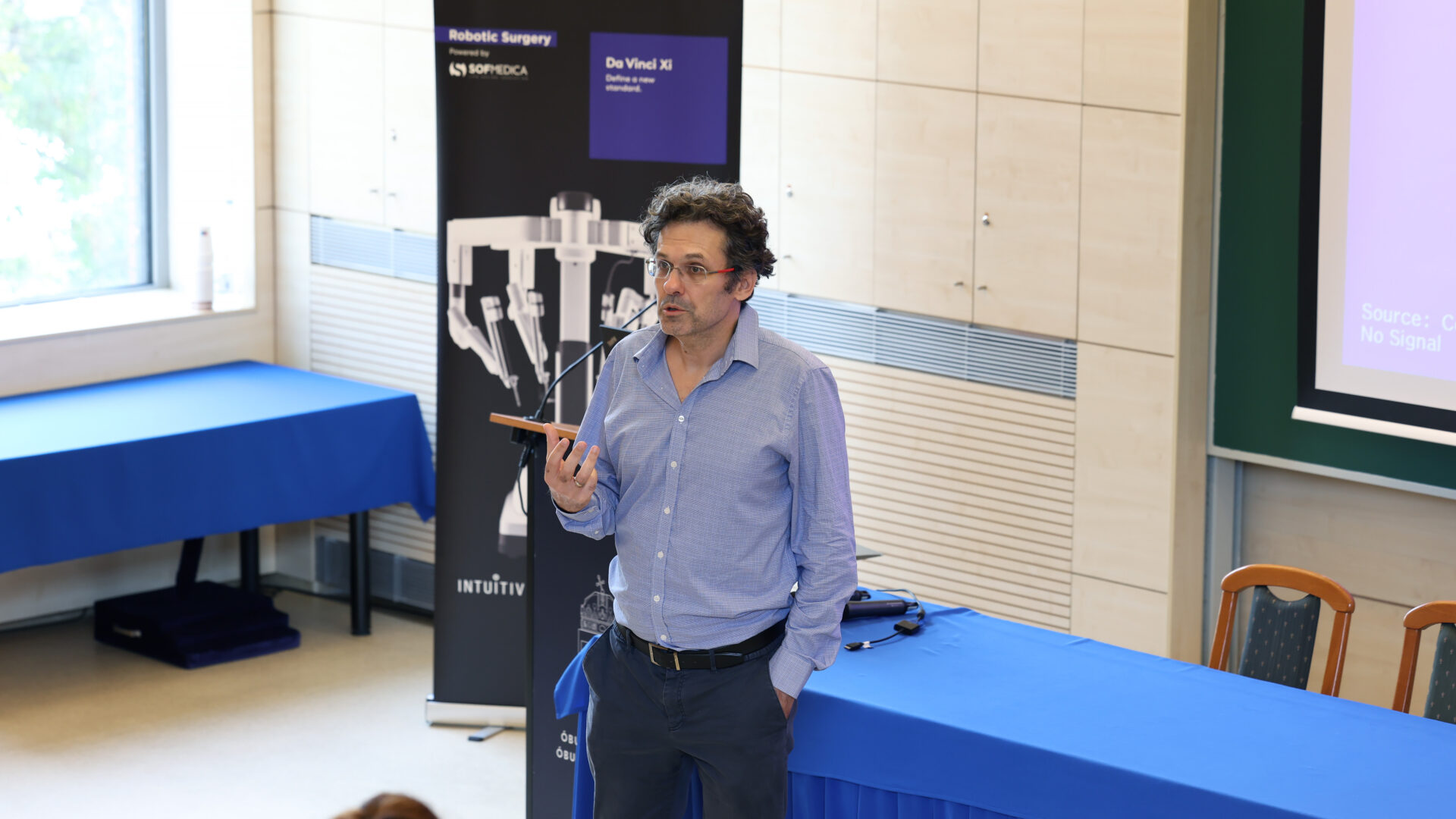
Dr. Zsombor Zrubka highlighted that the symposium provides an excellent opportunity to connect researchers, junior scientists, and medical professionals. He added, "For the researchers at Obuda University, it is crucial that engineering knowledge be utilized through the collaboration between industry and academia. Supporting young talent is a top priority for the university. We welcome interested and talented faculty members, researchers, students, and colleagues who may find the dynamic institutional environment motivating."
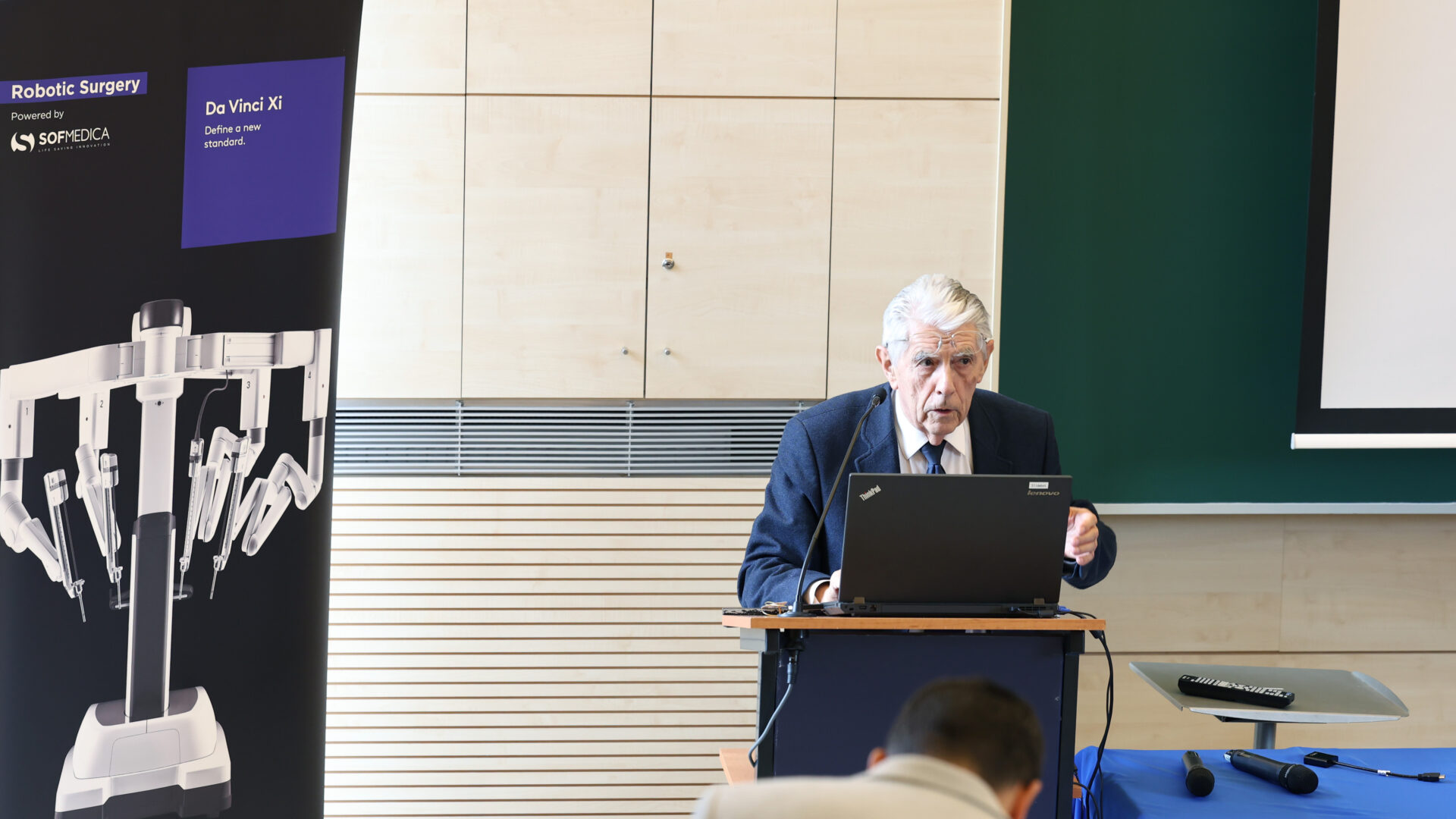
As an invited guest from Semmelweis University, Prof. József Sándor gave an overview of the era of autonomous and robotic surgery.
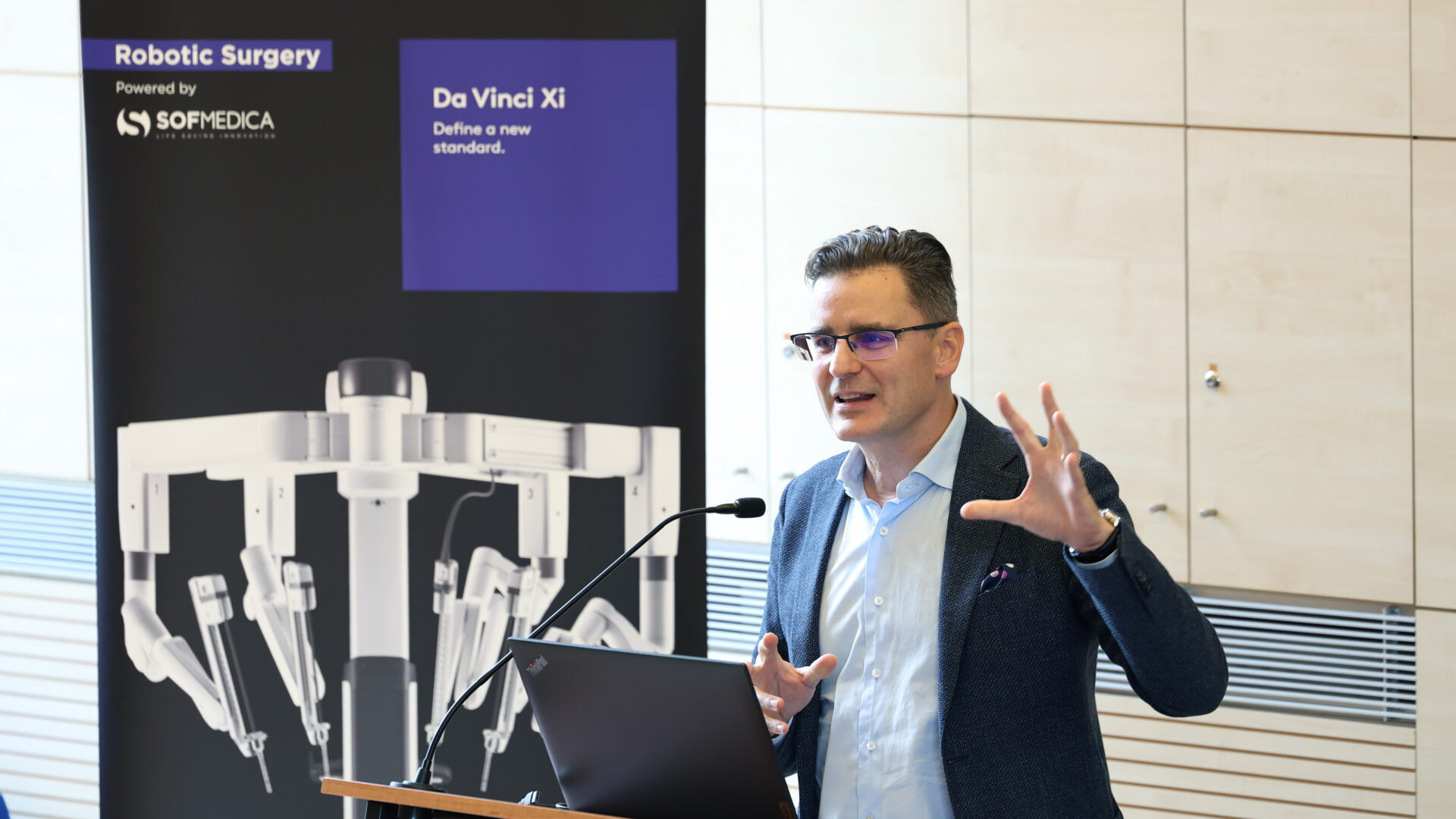
Prof. Attila Szijártó presented robotic surgery from a surgical perspective.
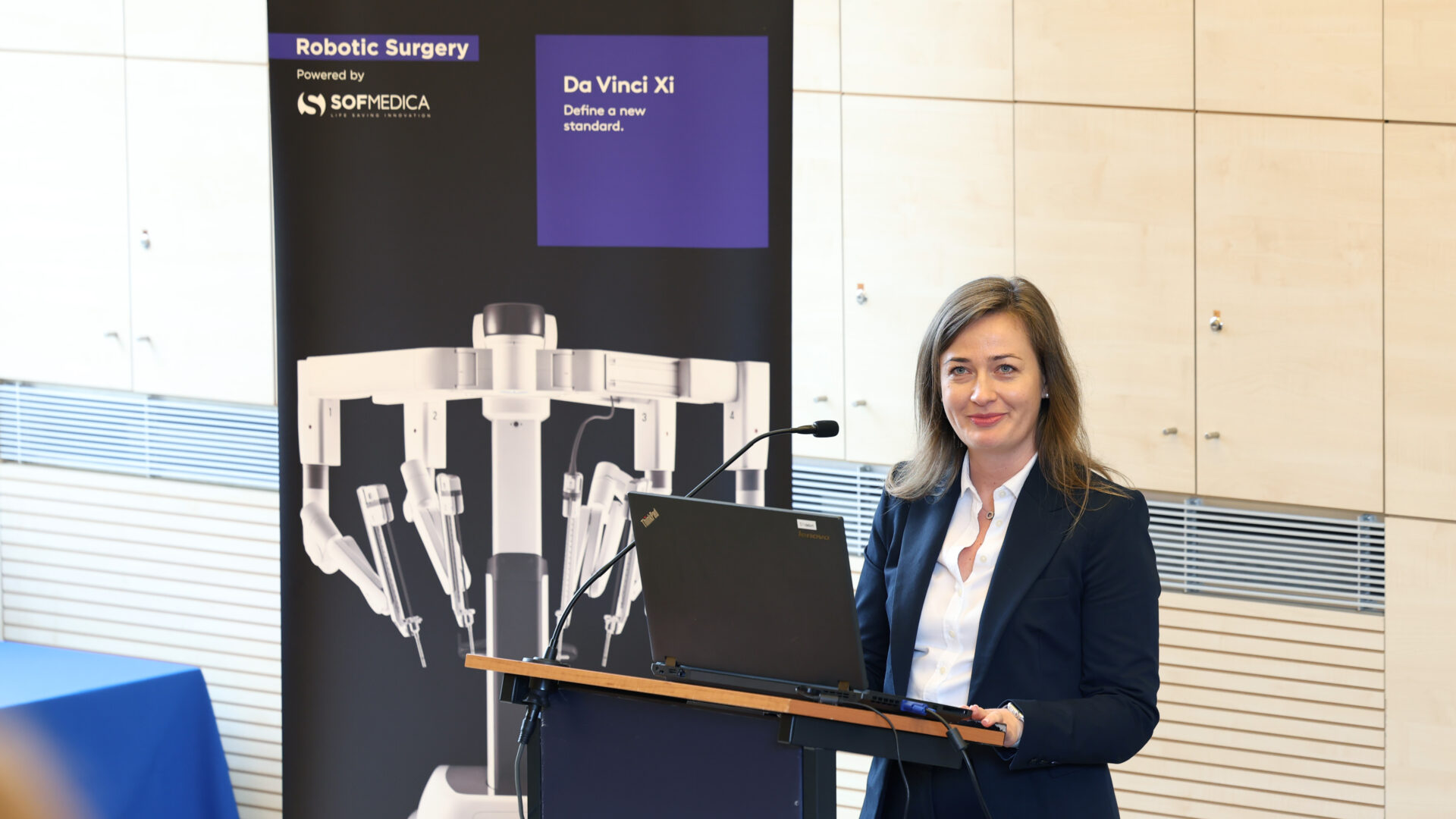
Adelina Misi, representing the distributor SofMedica, illuminated the topic from a business standpoint.
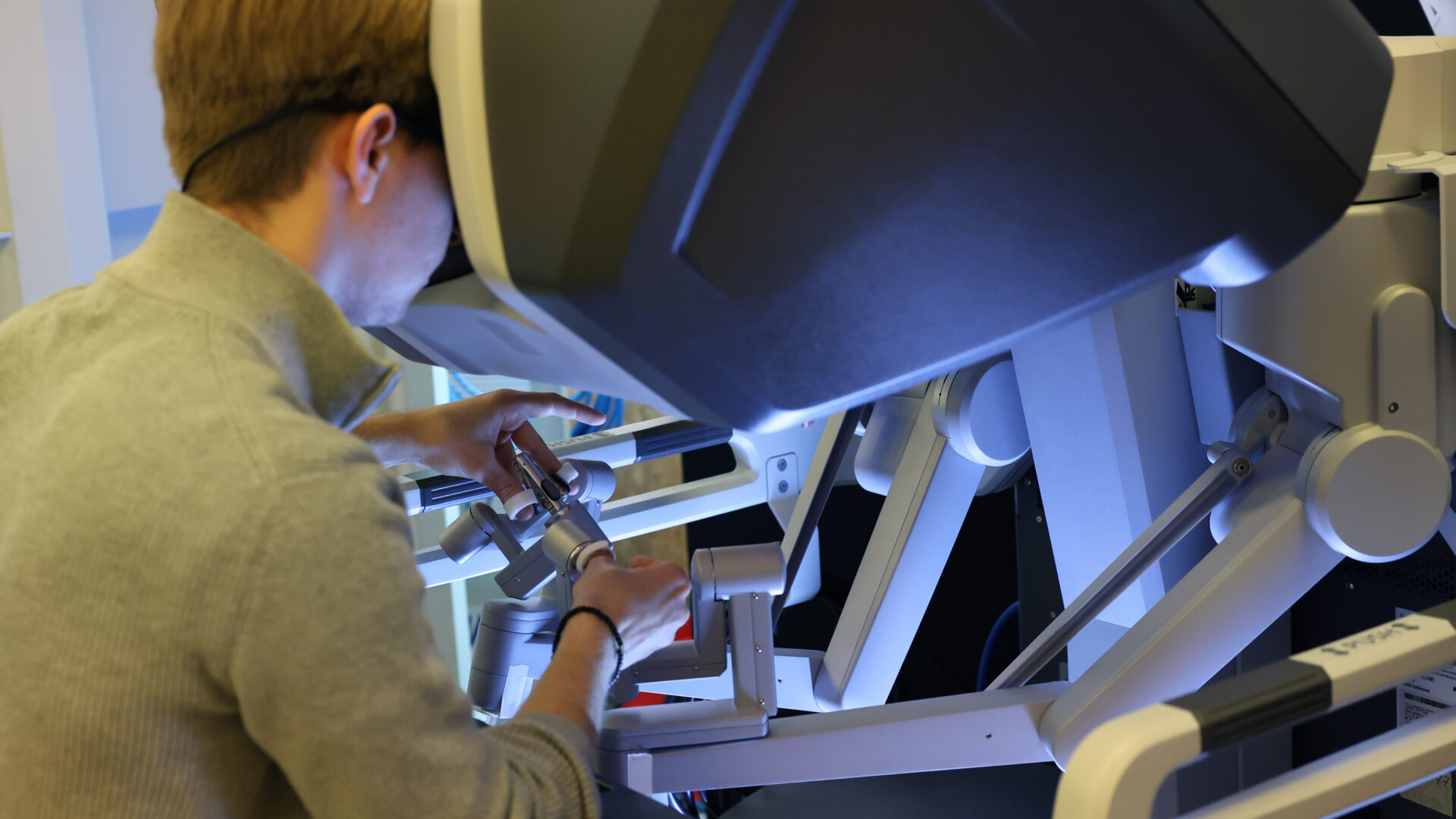
The da Vinci Xi robotic surgical system is used in gynecology, urology, abdominal surgery, and oncology in several Hungarian healthcare institutions. Using this system, surgeons operate with four robotic arms that offer a greater range of motion than the human wrist. The system represents the highest level of minimally invasive surgical techniques, with several advantages, including faster wound healing, shorter hospital stays, increased surgical efficiency, and precision. Surgeons can see the surgical area in 3D with up to ten times magnification, allowing for highly accurate procedures. There are currently eight such robots in various Hungarian hospitals, where they are used daily for surgical procedures.
